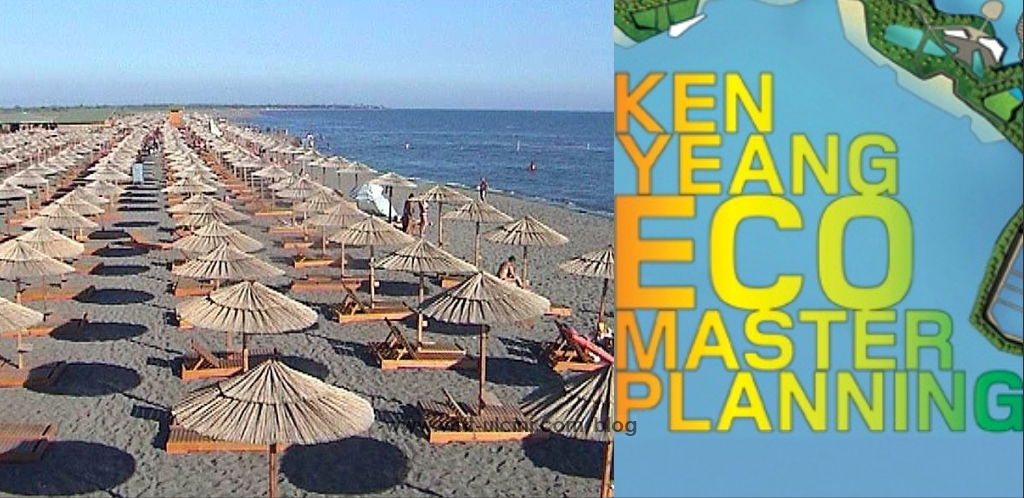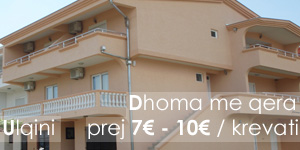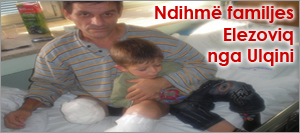Eco-Infrastructure in Ulcinj, Montenegro – Video
 The principal objectives and scope of the current study are to examine how eco-infrastructure can be sustained within a multiuse area of a municipality in a transition economy in a way that protects habitat, ensures public access, and is adequately funded and managed. The case of Ulcinj, Montenegro, is presented for this purpose. The methodology employed reviews the available literature and best practices to identify possible models, and then considers them in the context of Ulcinj for their relevance and feasibility. The comparative analysis identifies six examples of nature preserves that successfully protect habitat, ensure public access, and operate sustainably with adequate funding and management. The examples are taken from California, Croatia, Chile, Bolivia, Costa Rica, and Guatemala.Montenegro has long understood that tourism, particularly coastal tourism, is key to its long-term economic prosperity. Travel and tourism‚Äôs contribution to gross domestic product (GDP) is expected to rise from 26 percent in 2008 to 31 percent by 2018. Increasing the tourism sector‚Äôs contribution is even more important considering Montenegro‚Äôs recent independence from Serbia and its goal of European Union (EU) membership. Due to its natural habitats, cultural attractions, and diverse landscapes, Montenegro should be able to further increase the tourism sector‚Äôs contribution to GDP. While its focus has previously been on economic tourism, luxury and ecological tourism are likely areas of significant sector growth. The wildlife habitat of Ulcinj is important for additional reasons. It is a key link in the flyway of birds that migrate between northern Europe and North Africa twice per year. These birds depend on the Ulcinj habitat to rest and feed in preparation for their next flight. If this habitat is removed, some species may become extinct while others may decline in population. As part of the World Bank‚Äôs Montenegro Sustainable Tourism Development Project, the assignment ‚ÄúPreparation of the Final Design for Eco-Infrastructure in the Bojana Delta‚ÄĚ was undertaken in 2008 by the Urban Institute (United States) and Hydro-Engineering Institute Sarajevo (HEIS). Successor projects plan to construct the eco-infrastructure in Ulcinj, Montenegro, according to designs developed by this project. Project supporters believe Ulcinj has the environmental assets to attract a major ecotourism industry. Wildlife habitats for waterfowl and migrating bids, sea turtles, and exotic plants can be connected with foot and bicycle trails along the Ulcinj coast and Bojana River, supported by an information center.
The principal objectives and scope of the current study are to examine how eco-infrastructure can be sustained within a multiuse area of a municipality in a transition economy in a way that protects habitat, ensures public access, and is adequately funded and managed. The case of Ulcinj, Montenegro, is presented for this purpose. The methodology employed reviews the available literature and best practices to identify possible models, and then considers them in the context of Ulcinj for their relevance and feasibility. The comparative analysis identifies six examples of nature preserves that successfully protect habitat, ensure public access, and operate sustainably with adequate funding and management. The examples are taken from California, Croatia, Chile, Bolivia, Costa Rica, and Guatemala.Montenegro has long understood that tourism, particularly coastal tourism, is key to its long-term economic prosperity. Travel and tourism‚Äôs contribution to gross domestic product (GDP) is expected to rise from 26 percent in 2008 to 31 percent by 2018. Increasing the tourism sector‚Äôs contribution is even more important considering Montenegro‚Äôs recent independence from Serbia and its goal of European Union (EU) membership. Due to its natural habitats, cultural attractions, and diverse landscapes, Montenegro should be able to further increase the tourism sector‚Äôs contribution to GDP. While its focus has previously been on economic tourism, luxury and ecological tourism are likely areas of significant sector growth. The wildlife habitat of Ulcinj is important for additional reasons. It is a key link in the flyway of birds that migrate between northern Europe and North Africa twice per year. These birds depend on the Ulcinj habitat to rest and feed in preparation for their next flight. If this habitat is removed, some species may become extinct while others may decline in population. As part of the World Bank‚Äôs Montenegro Sustainable Tourism Development Project, the assignment ‚ÄúPreparation of the Final Design for Eco-Infrastructure in the Bojana Delta‚ÄĚ was undertaken in 2008 by the Urban Institute (United States) and Hydro-Engineering Institute Sarajevo (HEIS). Successor projects plan to construct the eco-infrastructure in Ulcinj, Montenegro, according to designs developed by this project. Project supporters believe Ulcinj has the environmental assets to attract a major ecotourism industry. Wildlife habitats for waterfowl and migrating bids, sea turtles, and exotic plants can be connected with foot and bicycle trails along the Ulcinj coast and Bojana River, supported by an information center.
The text below is an excerpt from the complete document. Read the full paper in PDF format.
www.urban.org
http://video.zoover.nl/media/play/2010/01/20100125130811_025.flv






